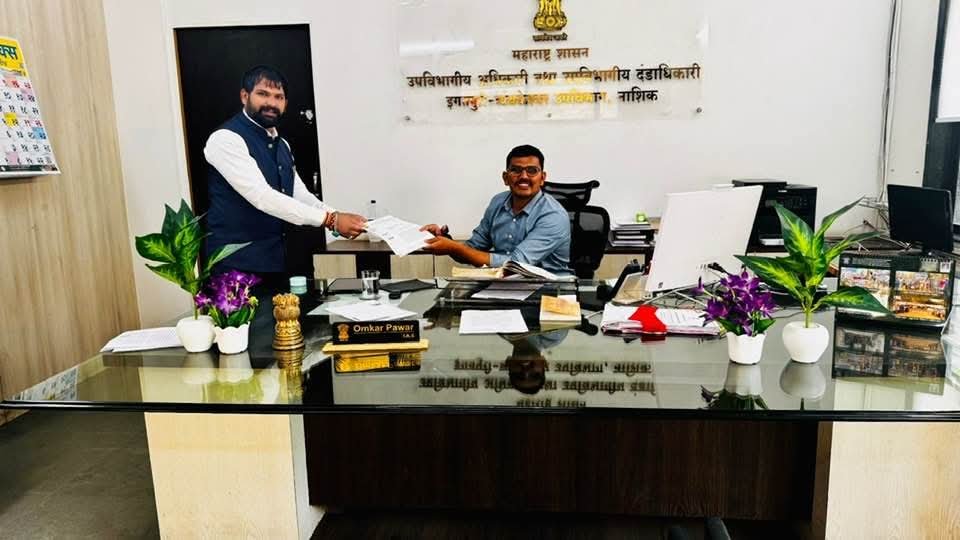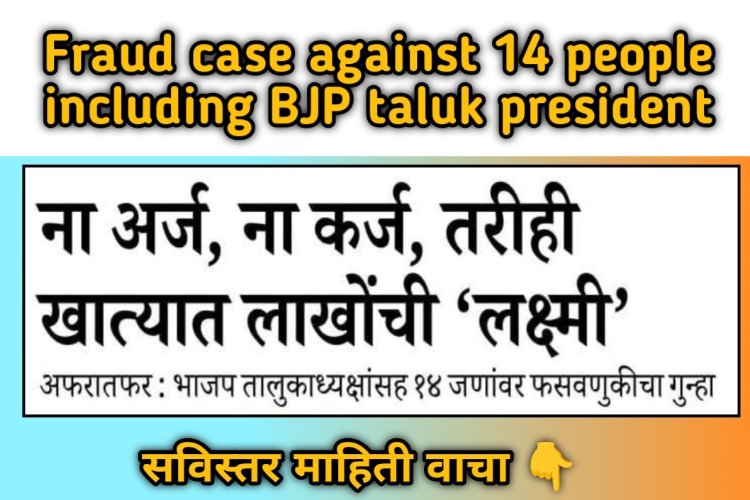G20 India : Information G20 India
INDIA’S G20 PRESIDENCY: A SYNOPSIS
The New Delhi G20 Leaders’ Summit held on 9-10 September 202 brought the deliberations under our G20 Presidency to an successful culmination. With G20 including all P5 countries, and accounting for 85% of global GDP, 75% of world trade and 2/3rd of world population, it was the highest profile international gathering in the history of independent India.
The theme of our G20 Presidency “One Earth, One Family, One Future”, drawing upon our age-old belief of “Vasudhaiva Kutumbakam”, was endorsed by all. With over 200 meetings in 60 Indian cities in all our 28 States and 8 UTs, across 40 different mechanisms including Sherpa and Finance Track Working Groups, as well as Engagement Groups, the size, scale and scope of India’s G20 Presidency was unprecedented.
The substantive centrepiece of the G20 Summit was the New Delhi G20 Leaders’ Declaration (NDLD), adopted unanimously by all G20 countries on the first day of the Summit. An action-oriented, decisive, inclusive and ambitious Declaration, it sets out the way forward on a wide range of prevailing global challenges. It is a historic milestone in India’s journey to assume its rightful place in the comity of nations.
The NDLD reflects a uniquely Indian perspective of emphasizing universal, equitable and inclusive solutions to today’s problems. It sends out a message for peace, dialogue, diplomacy and hope highlighting Prime Minister’s clarion call that “Today’s era must not be of war”. Through it, India has successfully highlighted ideas, especially home- grown ideas, and shaped global narratives and bridged divides. ( Information G20 India )
In-person participation during India’s G20 Presidency was among the largest ever. Over 100,000 participants, from 135 nationalities, attended our G20, Engagement Group and related meetings during our Presidency. This includes participation from G20 Members, 9invitee countries and 14international organizations.
The G20 Leaders’ Summit was attended by 27 leaders at HOS/G-level, 4 representatives at Ministerial-level and 11 Heads of International Organizations. Meetings were organized across the length and breadth of India with the full support and participation of State Governments and Union Territories.
All 13 Sherpa Track Working Groups, 8 Finance Track Workstreams, 11 Engagement Groups, 6 Initiatives and two standalone Ministerial Meetings held substantive interactions. ( Information G20 India ) The 11 Engagement Groups provided a platform for dialogue among the private sector, academia, civil society, youth and women, as well as institutions including the Parliaments, audit authorities and urban administrations.
Unique experiences showcasing India’s diversity, inclusive traditions and cultural richness were also an integral part of the visiting delegates’ programme. Millet-based dishes were incorporated in the menu, and a wide range of cultural performances and excursions were organized. ( Information G20 India ) Over 300 cultural events, with the participation of over 18,000 artists, showcasing local and national art forms, were held.
People’s G20 – ‘Jan Bhagidari’ : Information G20 India
Many ‘Jan Bhagidari’ activities were also simultaneously held with active public participation in a whole-of-nation and whole-of-society approach, making India’s G20 Presidency a “People’s G20”. These include G20 University Connect lecture series, Model G20 meetings, Special G20 sessions in Schools/Universities, G20 Pavilions in major festivals, Quiz contests, Selfie competitions, #G20India stories, workshops, marathons, awareness rallies, cleanliness drives, Yuva Samvaad and hundreds of other G20-theme events by the civil society and private sector. ‘Jan Bhagidari’ activities touched more than 7 crore people. Civil 20 alone reached out to 45 lakh people.
Substantive deliberations Information G20 India
Substantive deliberations during India’s ongoing G20 Presidency comprised broad priority areas such as inclusive and resilient growth; progress on SDGs, green development and Lifestyle for Environment (LiFE); technological transformation and public digital infrastructure; reforming multilateral institutions; women led development; and international peace and harmony.
The substantive centrepiece of the G20 Summit was the New Delhi G20 Leaders’ Declaration, adopted unanimously by all G20 countries on the first day of the Summit itself. An action-oriented, decisive, inclusive and ambitious Declaration, it sets out the way forward on a wide range of prevailing global challenges. It is a historic milestone in India’s journey to assume its rightful place in the comity of nations. All 83 paragraphs were adopted unanimously. Its highlights were:
Addressed the geopolitical issue of war in Ukraine in a consensual manner, consistent with national positions. Information G20 India
- Championed voice of Global South and inducted African Union as a Member.
- Committed to implement the G20 2023 Action Plan to Accelerate Progress on SDGs.
- Endorsed LiFE, our concept for nudging pro-planet behavioural changes.
- Called to scale up development and climate finance from billions to trillions.
- Agreed to set an ambitious, transparent and trackable New Collective Quantified Goal (NCQG) of Climate
- Finance in 2024, from a floor of USD 100 billion a year.
- Called for bigger, better, more effective and more representative MDBs.
- Defined Digital Public Infrastructure, finalised its framework and endorsed Digital Public Infrastructure to
- deliver affordable services at scale.
- Agreed on integrated, balanced, environmentally sustainable and inclusive economic growth – Green Development Pact.
Agreed to triple renewable energy globally by 2030. Information G20 India
Agreed to accelerate production of zero and low-emission hydrogen; and to develop international standards and global markets for it. Agreed on women-led development, for their full, equal and effective participation as decision makers and halving gender digital divide by
2030.
- Committed to enhance Global Food Security and endorsed the Millet Research Initiative.
- Endorsed a Global Initiative on Digital Health for Universal Health Coverage.
- Recognized role of traditional medicine, noted WHO’s Centre in Jamnagar.
- Condemned terrorism in all its forms and stressed denial of safe haven.
- Emphasized responsible AI with pro-innovation regulation/governance.
- Endorsed well-managed, regular and skills-based migration pathways.
India’s footprint was seen in G20 Outcome Documents, as follows: Information G20 India
- Deccan High-Level Principles on Food Security and Nutrition
- Chennai High-Level Principles for Blue/Ocean Economy
- Goa Roadmap for Tourism
- Gandhinagar Implementation Roadmap for land restoration
- Jaipur Call for Action to enhance MSMEs
- Kashi Culture Pathway
New Initiatives during India’s G20 Presidency New initiatives during India’s G20 Presidency were: Information G20 India
- . Disaster Risk Reduction Working Group
- . Startup20 Engagement Group
- . Chief Scientific Advisors Roundtable
- . G20 Conference on Crime and Security in the Age of NFTs, AI and Metaverse
- . New Working Group on Empowerment of Women (agreed)
- . Cooperation in counternarcotics
- . Cooperation in traditional medicines
- . Millet-research Initiative

G20 India logo Click here
Achievements on the sidelines of the G20 Summit
Achievements on the sidelines of the G20 Summit were as follows: Information G20 India
- Launch of Global Biofuel Alliance (GBA): Initiating countries: Argentina, Brazil, India, Italy, Mauritius, South Africa, UAE and USA; Observers: Canada, Bangladesh and Singapore
- India-Middle East-Europe Economic Corridor (IMEC): Signatories: India, Saudi Arabia, UAE, USA, EU Commission, France, Italy and Germany
- India-Brazil-South Africa-USA meeting: Current (India) and 3 incoming (Brazil, South Africa and USA) G20 Presidencies’ meeting committed to build bigger, better and more effective MDBs together with the World Bank.
- Partnership for Global Infrastructure and Investment (PGI): Participants were India, USA, Saudi Arabia, UAE, EU, Italy, France, Germany, Japan, Mauritius and World Bank. Under the PGI, the G7 aims to mobilize US$ 600 billion by 2027 in global infrastructure investments, including in partnership with the private sector,
- and inter- alia for achievement of SDGs. PGI projects in India include those in the health, telecom and renewable energy sectors.
India’s contribution to the G20 : Importance of Information G20 India
India’s Presidency imparted a new dynamism and momentum to G20, and built consensus on a wide range of issues among developing countries and advanced economies. India brought multilateralism back to the centre stage and amplified the voice of the Global South. India will continue to stay fully engaged in the G20 in future.
Details of meetings, locations, working mechanisms and participating nationalities are enclosed.
| Related Notification Information G20 India | Click Here |
| Official Website Information G20 India | Click Here |
| Join Us On Telegram | Click Here |
| Join Us On WhatsApp | Click Here |
| Join Us On Instagram | Click Here |
| Join Us On Facebook | Click Here |


